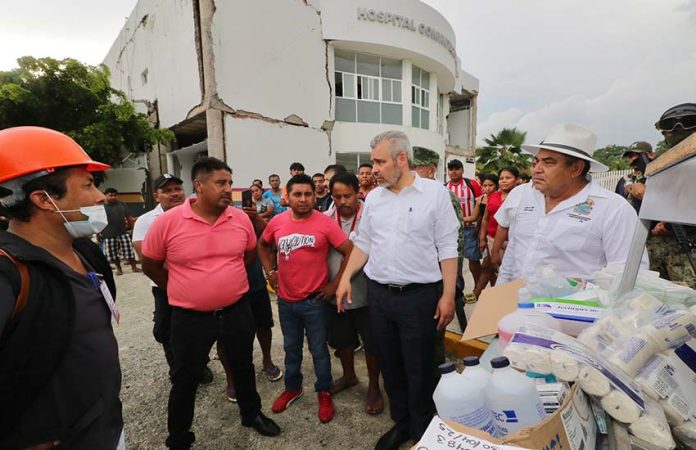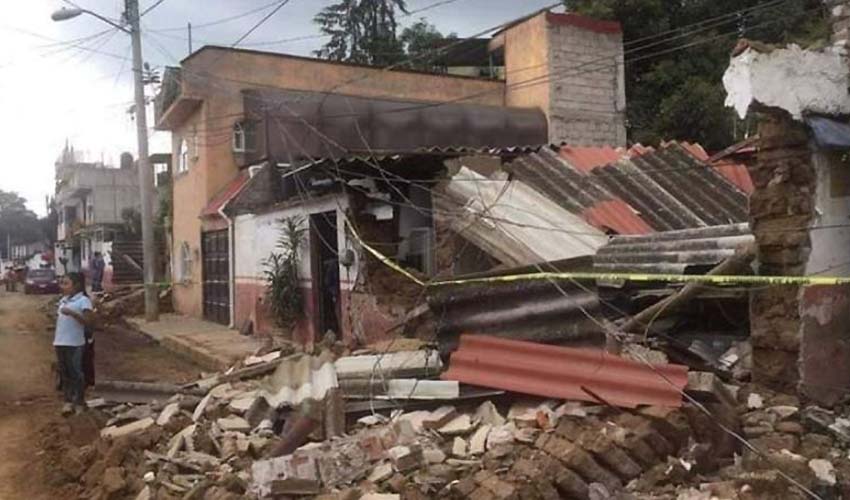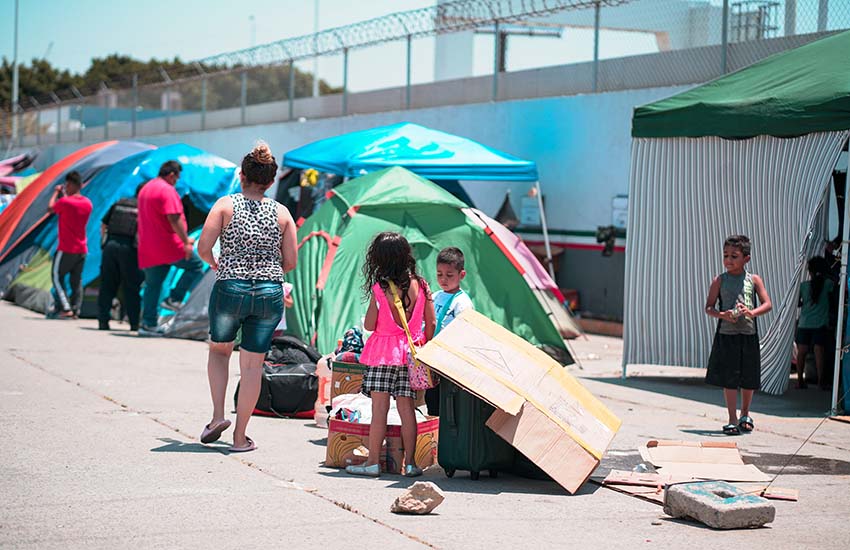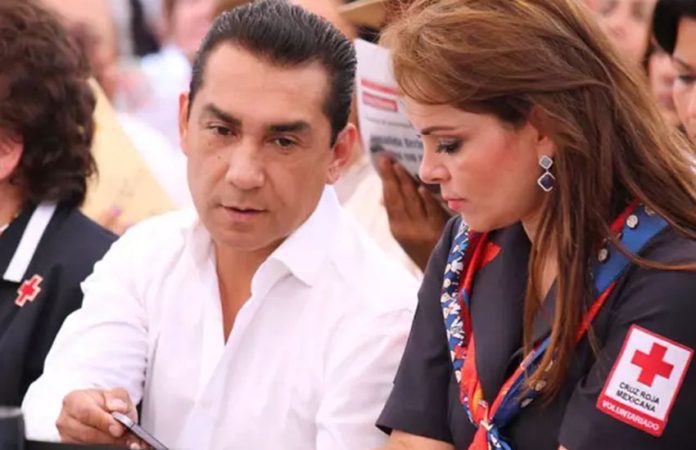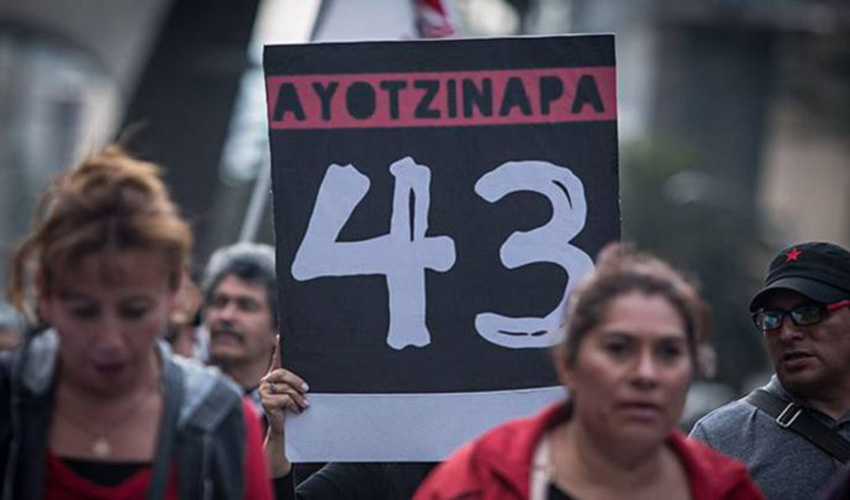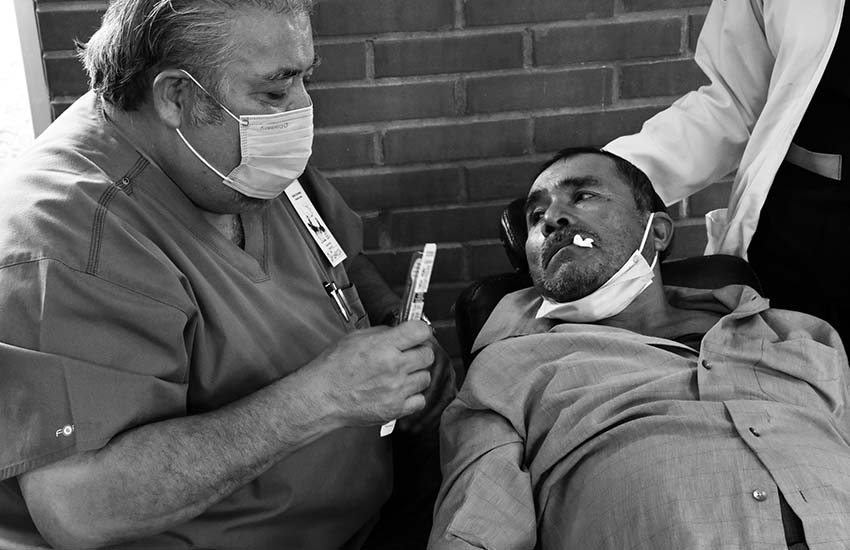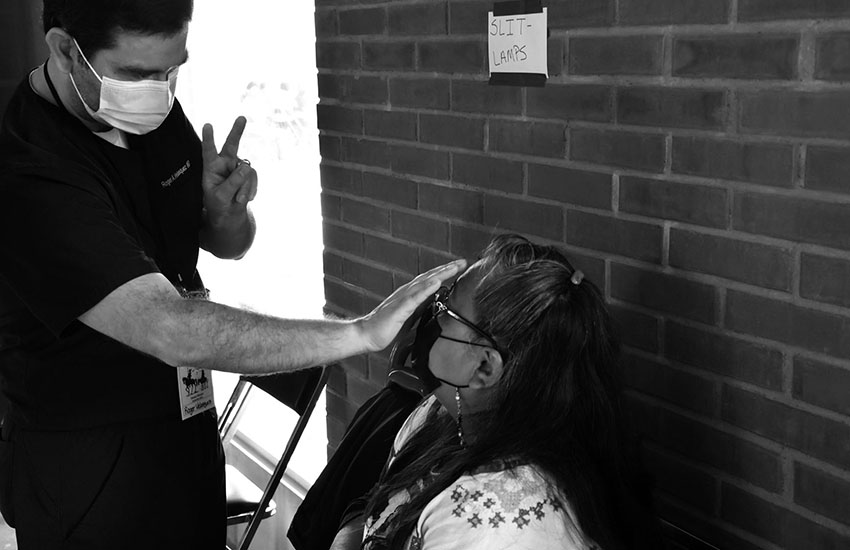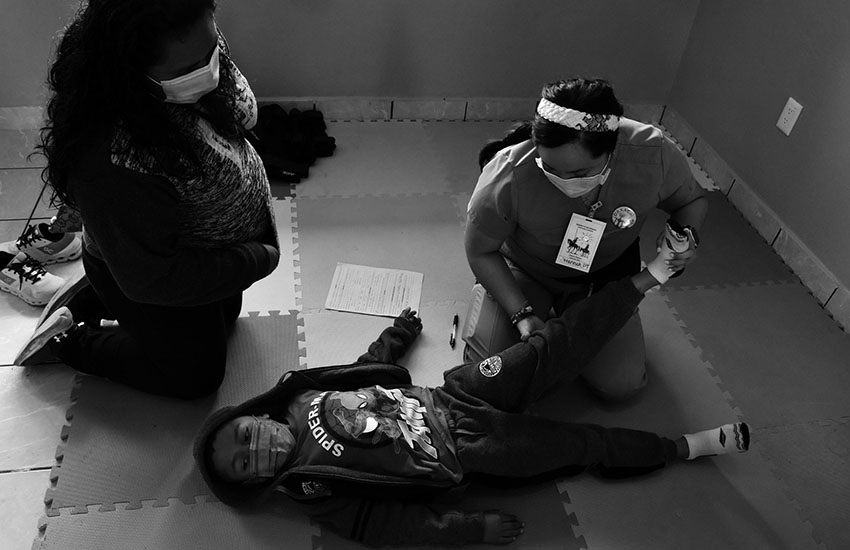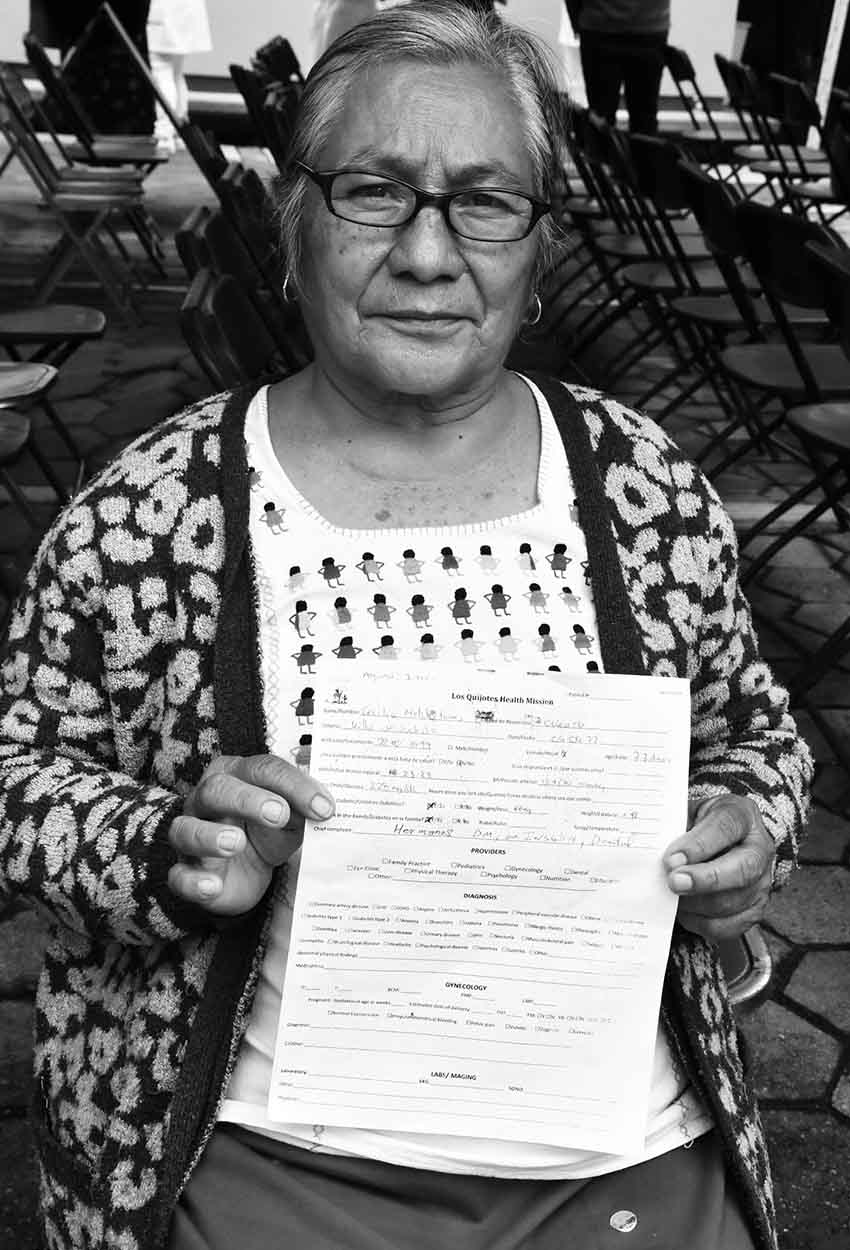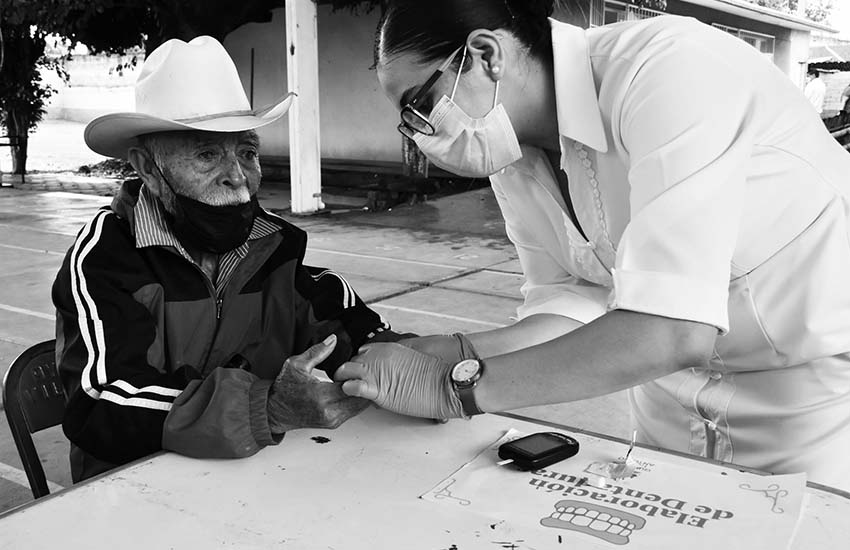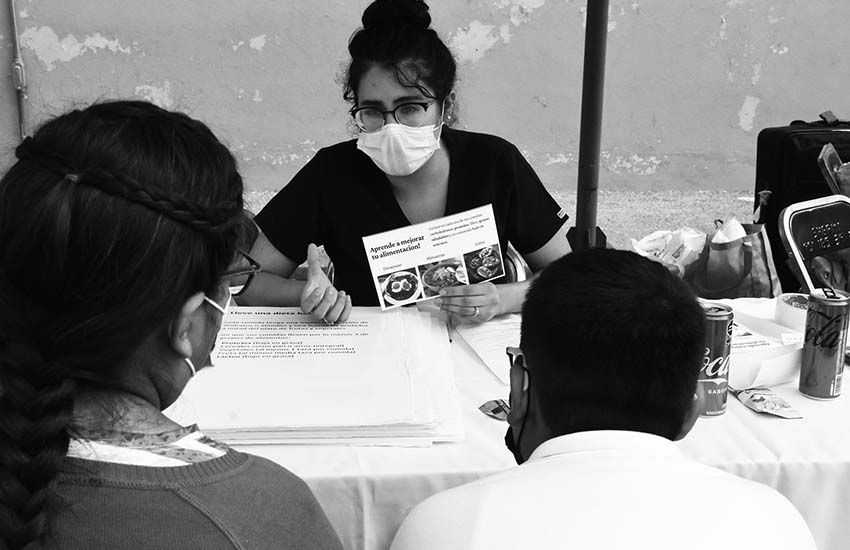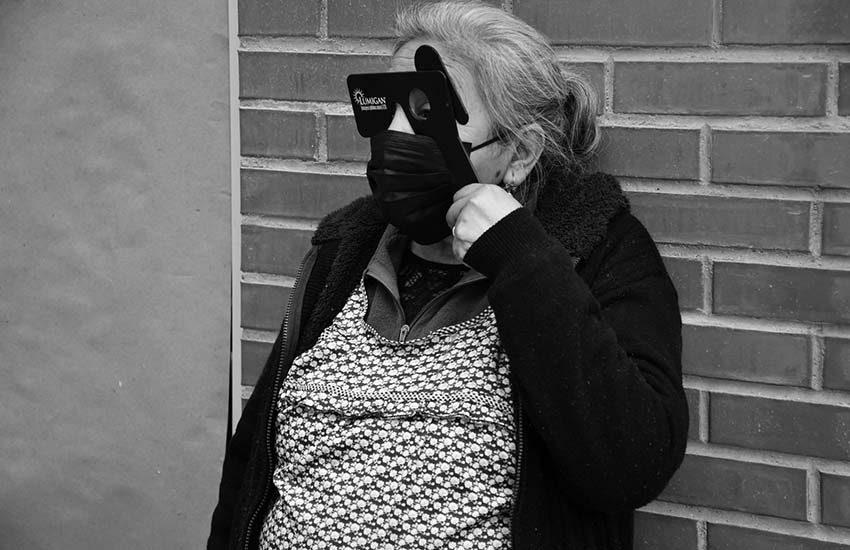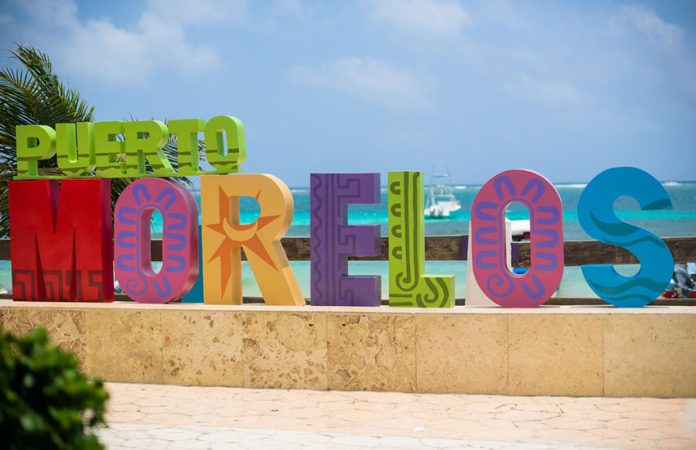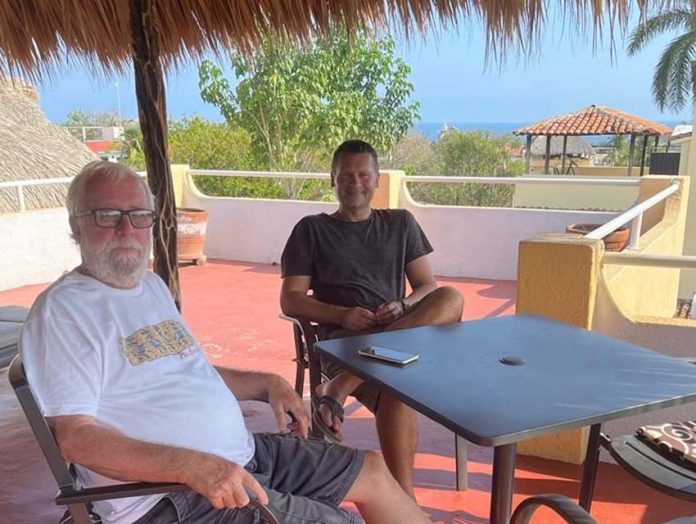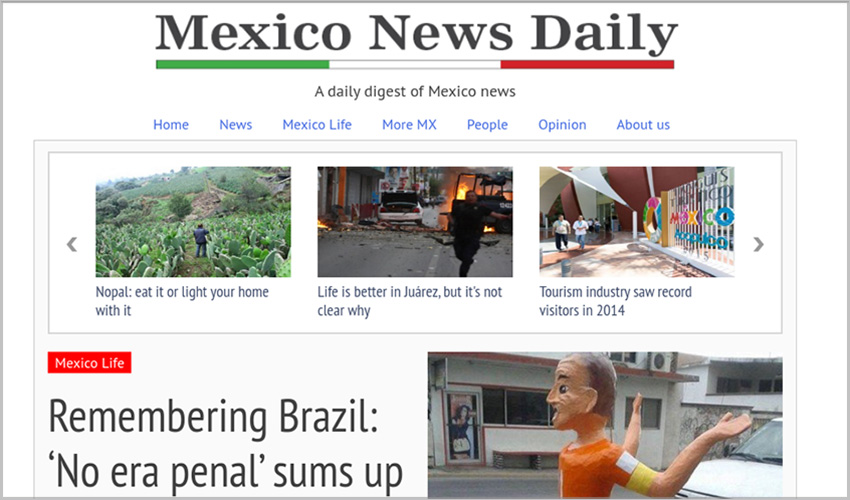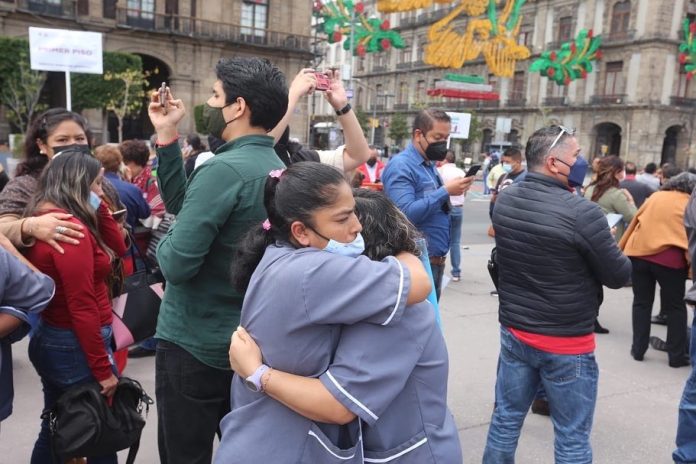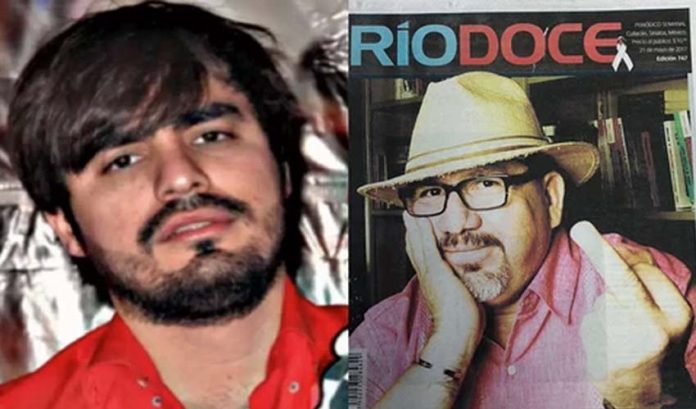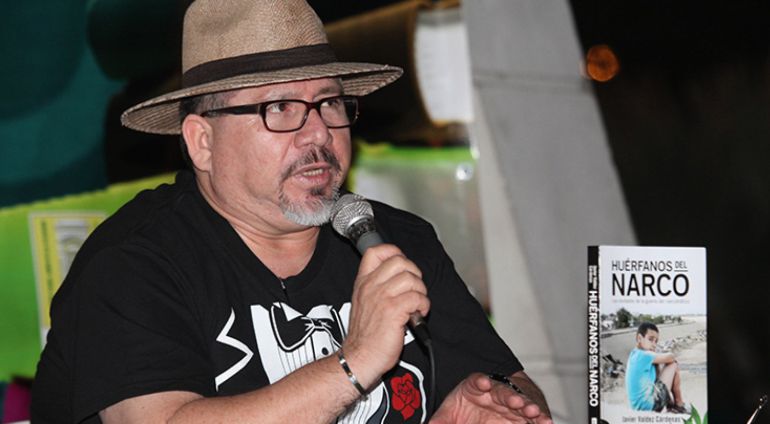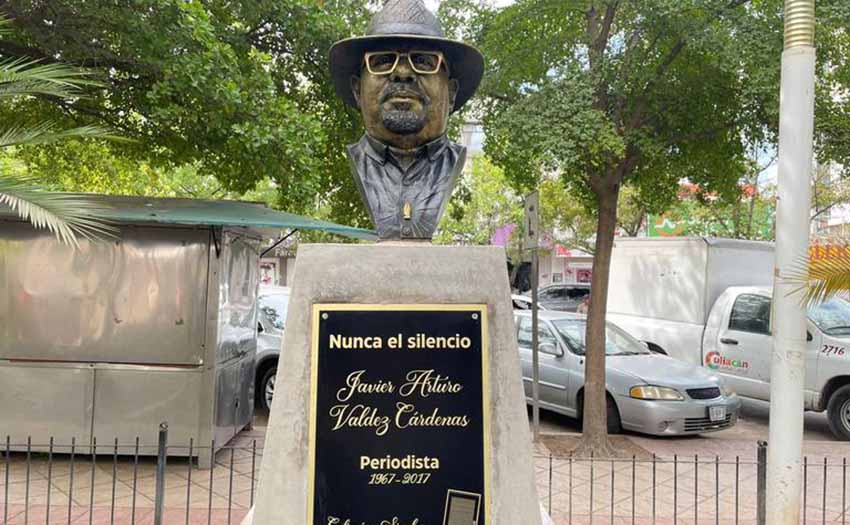Mexico News Daily…..the next chapter begins!
I want to start by thanking our readers for the support that you have given us over these past 8 years. I am very excited to be taking the baton of Mexico News Daily from its founder, Tony Richards, and leading the next laps of our journey. I would like to share with you a little bit about me, the motivation behind the acquisition, and the vision we have going forward.
My first connection with Mexico came during my junior year of college in January of 1996. The NAFTA Free Trade Agreement had been recently signed and there was great enthusiasm in the media about the business opportunities between the US, Canada, and Mexico. I thought that learning about Mexico and learning Spanish in Mexico would be a great complement to a business degree and spent a semester in Guadalajara. From that point on, my life was forever changed.
I fell in love with Mexico’s people, culture, music, history, food, beaches, pyramids – pretty much every aspect of the country. Upon graduation, I made it a priority to stay connected professionally and personally to the country and over the past 25 years have spent at least 25% of my time in Mexico either on business or vacation. On the personal side, my wife and I have traveled extensively throughout the country, got married on the beach in Playa del Carmen, and currently live full-time in San Miguel de Allende.
Professionally, I have been able to be a part of some impactful work in the country in very different ways. I began my career by being a part of the leadership team that brought TAZOS (a plastic round shaped toy) to the country. Anyone who lived in Mexico during the late 1990s and early 2000s certainly would remember the love that most children in Mexico (and in fact throughout much of the world) had for these toys.
I then transitioned to the water industry – and over 15+ years worked in two companies in different global, Latin American, and Mexican leadership roles. In these companies, I led teams that worked with large industrial companies to significantly reduce water consumption in their operations – saving billions of gallons of water in many water-scarce parts of the country.
With Mexico News Daily, it’s time to make an impact in a very different way. My motivation for wanting to acquire Mexico News Daily is actually quite simple: I think that Mexico has incredible potential and is at an inflection point in its relationship with the rest of the world.
- More expats than ever – digital nomads, younger families, retirees – are moving to Mexico in cities and towns as varied as Mexico City, Tulum, Merida, and San Miguel de Allende
- More businesses from more countries than ever are recognizing that Mexico, especially in a post-Covid world, is a great option for a more balanced and reliable supply chain
- More tourists than ever are coming to Mexico and beginning to discover more parts of the country previously undiscovered by most people
- More investors than ever are seeing that Mexico – whether in commercial projects, residential real estate, or startups – has great potential
In my frequent conversations with people throughout the country, there is a clear sense that it is a unique and exciting time for Mexico.
Despite these positive trends, most media continue to paint a very simplistic and often extremely negative portrayal of the country and its people. Mexico is not perfect – no country is – but there are many stories to tell beyond those of violence and cartels. Our mission is to broaden our coverage to tell these stories and help increase Mexico’s profile as a premier destination for expats, tourists, businesses, and investors.
In addition to our news coverage of Mexican current events, we will publish additional relevant content on topics of interest to the foreign community in Mexico such as real estate, health care, wellness, tourism, business, culture, and lifestyle. We are investing in the team and technologies to bring you more complete information and a better reader experience.
Stay tuned…it’s going to be a great journey together!

